The Opuntia Microdasys, known as the angel wings, is one of the most common Opuntia species in existence. It can be found naturally in arid areas of Mexico, where the only one has very little humidity and water and a lot of sun. Like many other varieties of this species, as it grows it forms a bush that becomes very dense. While it’s a good choice to have it inside your house next to a window where you can get as much lighting and a balcony as possible, if you have a balcony or a garden, I recommend that you put it out directly, because while you appreciate the ambient temperature that is reached indoors in both summer and winter, we have to remember that its origins are deserts, so if you can have it outside, this Opuntia will thank you even more.
As it grows, it branches off to form segments, burrows or ears (another common name is rabbit ears, because branches are also called ears) about fifteen centimeters long. If you look at them, there are no spikes in the areoles, but there are very small hairs called glochids that if you’re bad luck getting one, you’ll start cursing the plant with all the invented languages. So, I recommend and advise you, if you have to stir any Opuntia, you do it with very thick gloves.
The irrigation must be very regular and moderate during the summer. Reloading once a week when it is warmer will be more than enough. In the spring, when the minimum temperatures are equal to or greater than six positive degrees, it will be time to start irrigating, with once every fortnight. And in autumn and winter, if you want to irrigate only once a month in autumn and then stop providing water until next spring, that’s the most appropriate.
We will only see bloom in those specimens that are more than sixty centimeters high if the best optimal conditions are in place. They offer us small flowers, four centimeters in diameter with a yellow color and reddish edges. We will be able to enjoy this show from the end of spring to the end of summer. The flower will give way to small, dark red fruits. As I said before, they like the direct sun, the more hours the better.
It does not resist the cold at all, let alone the frost, so it is not appropriate to expose it to temperatures below five positive degrees. If we expose it to lower temperatures of five degrees, we will get it rot and die. It is one of the species that can receive the most pest and disease attacks, with the cottony mealybug, snails and ants being its main enemies.
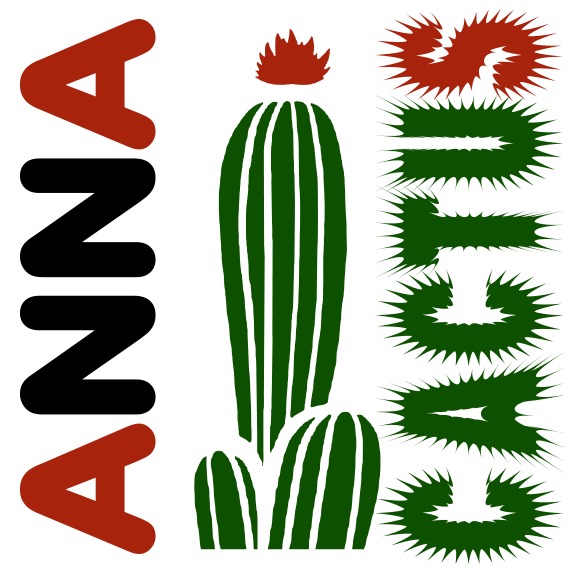
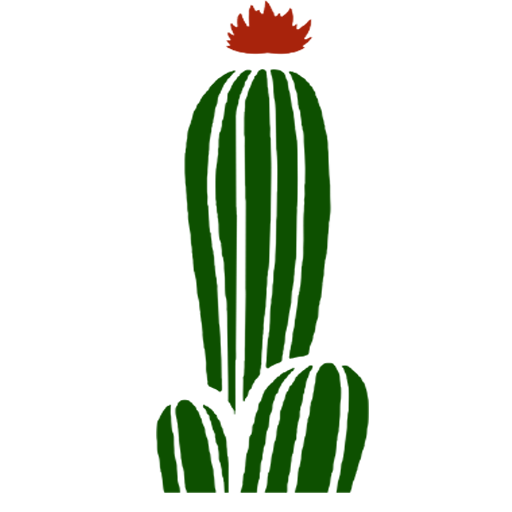
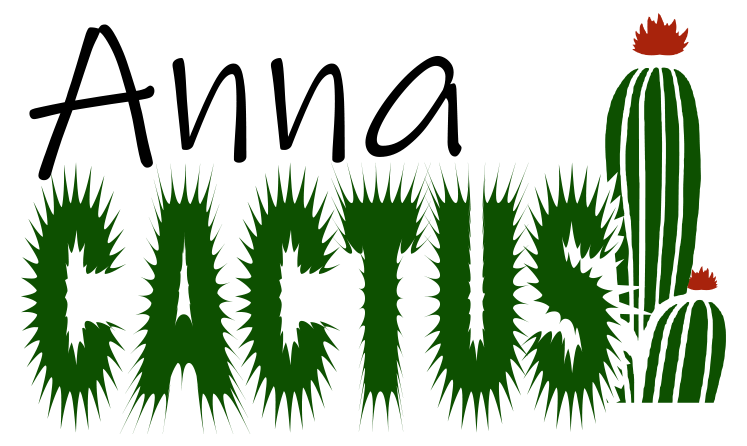
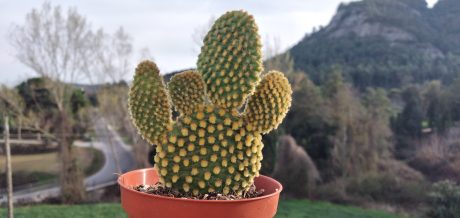
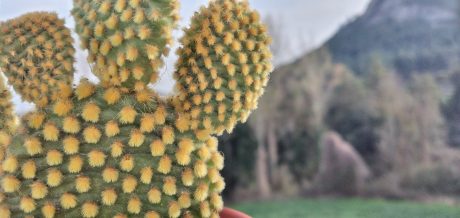
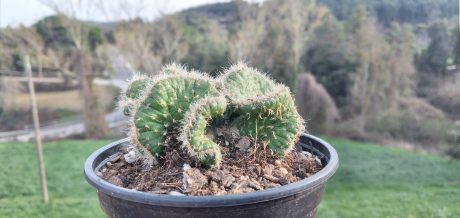
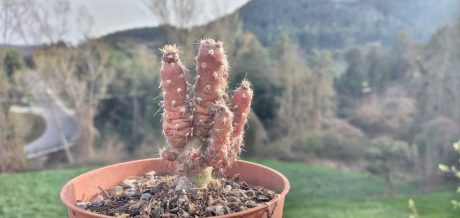
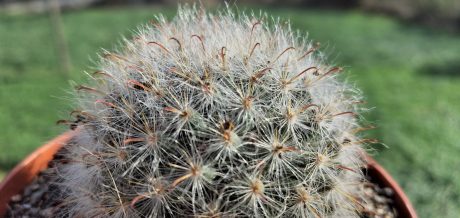
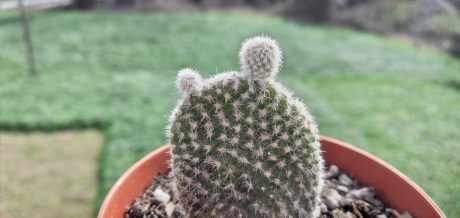
Reviews
There are no reviews yet.